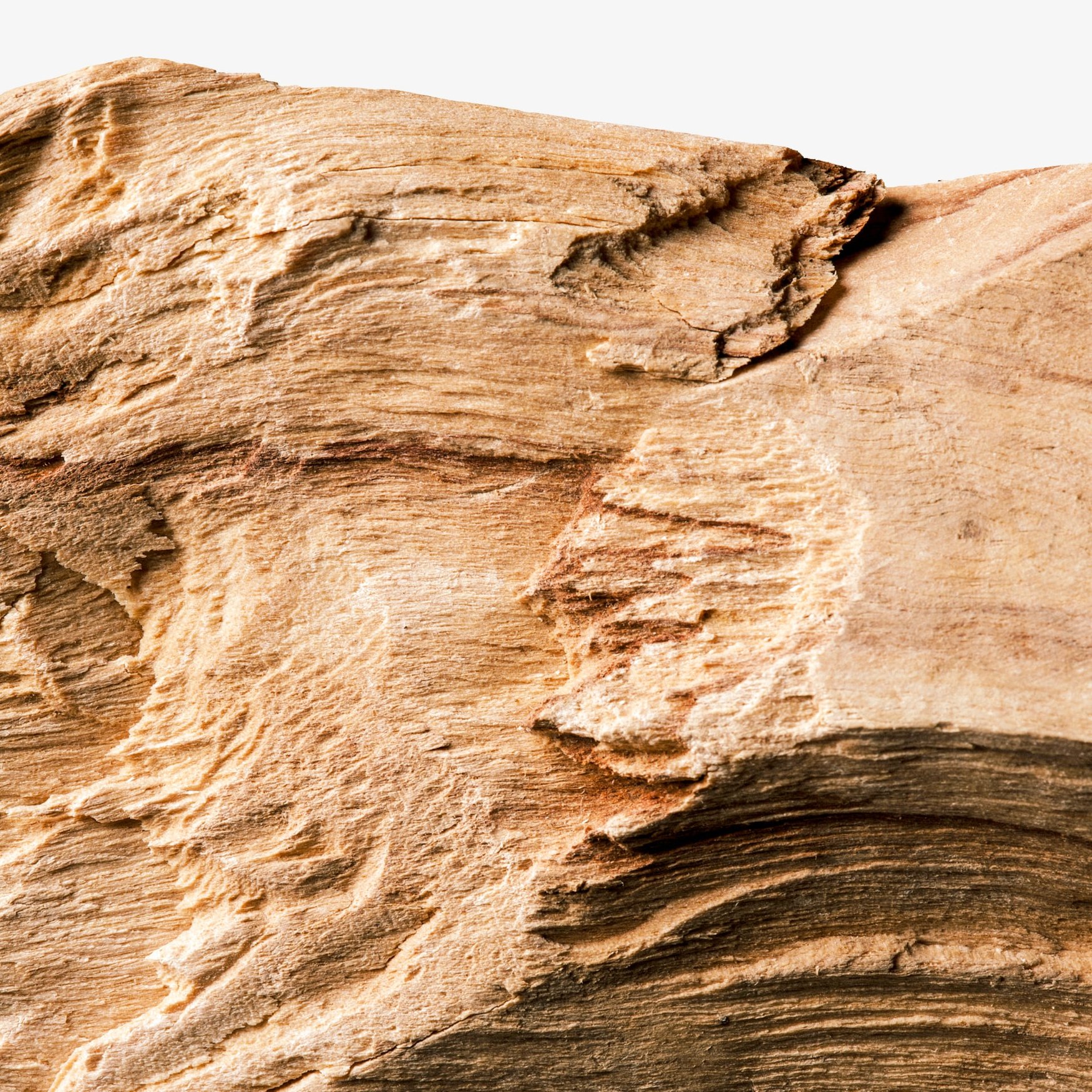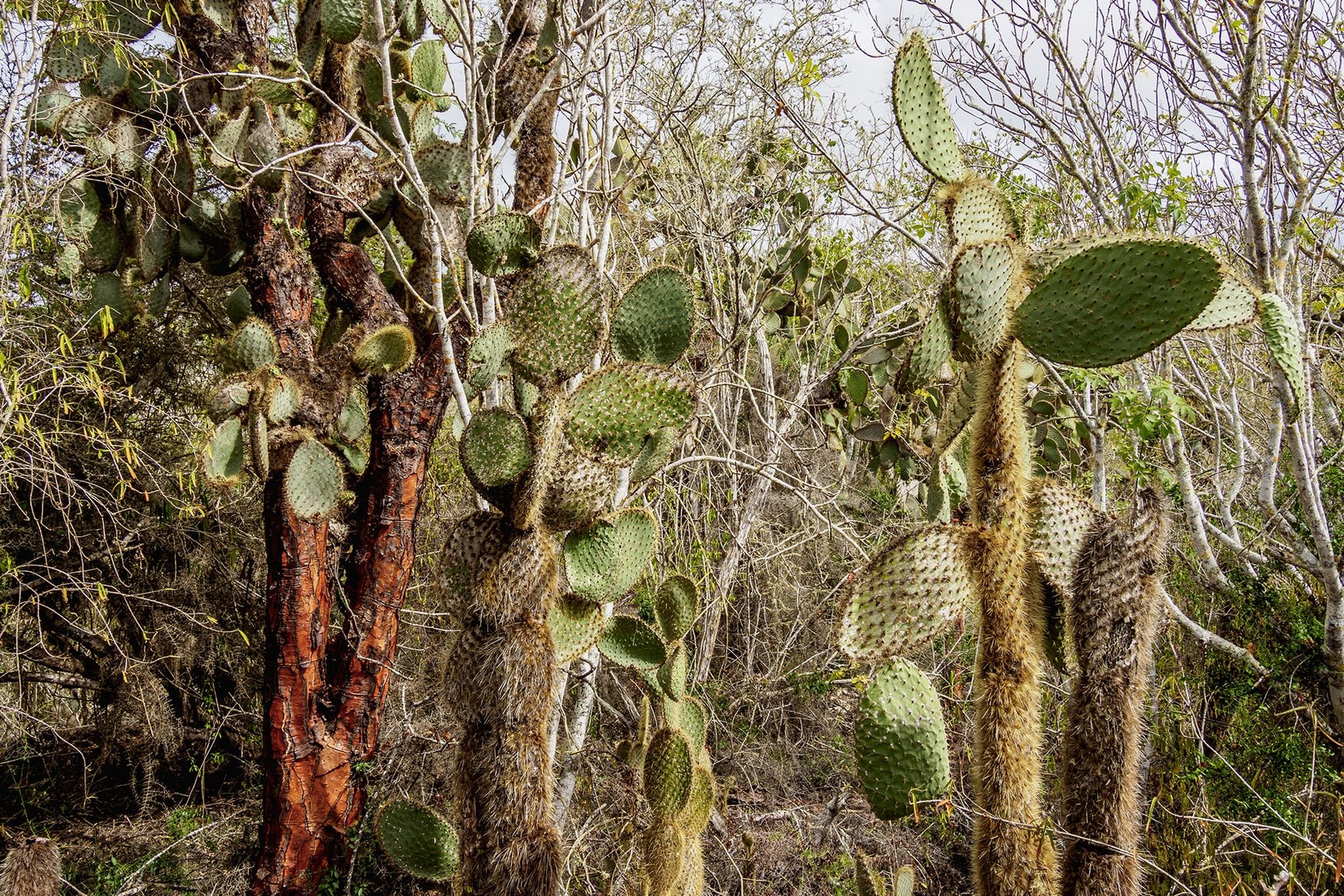Palo Santo
Woody, balsamic, smoky, powdery mimosa, rose-like.
An excellent link between heart notes and base notes, the woody, balsamic facets of guaiac wood add depth with an air of smoky, leathery intrigue. Less dry than cedarwood and harder than sandalwood, guaiac wood is sweet and stable with rose-like facets.
Data sheet
- Type
- Extraction Method
- Used parts
- Natural raw material
- Steam distillation
- Wood shavings





